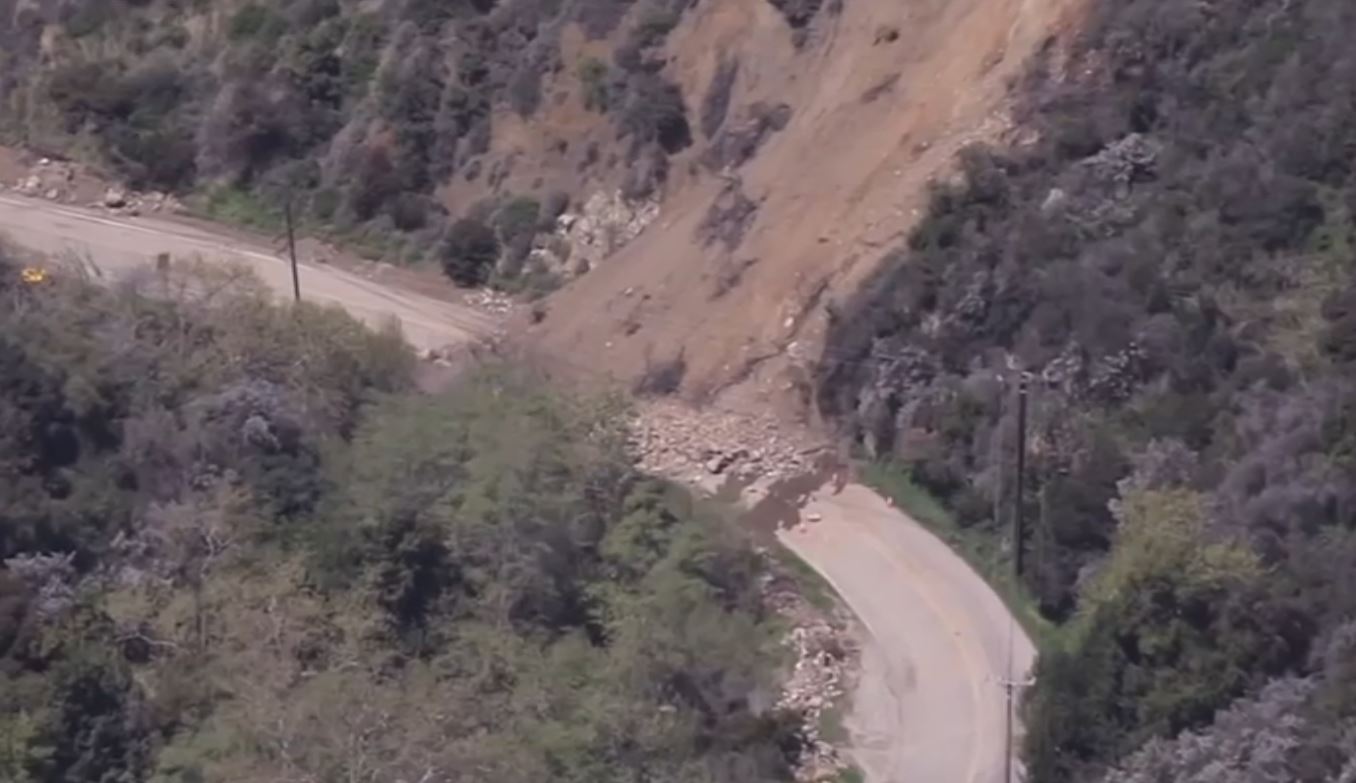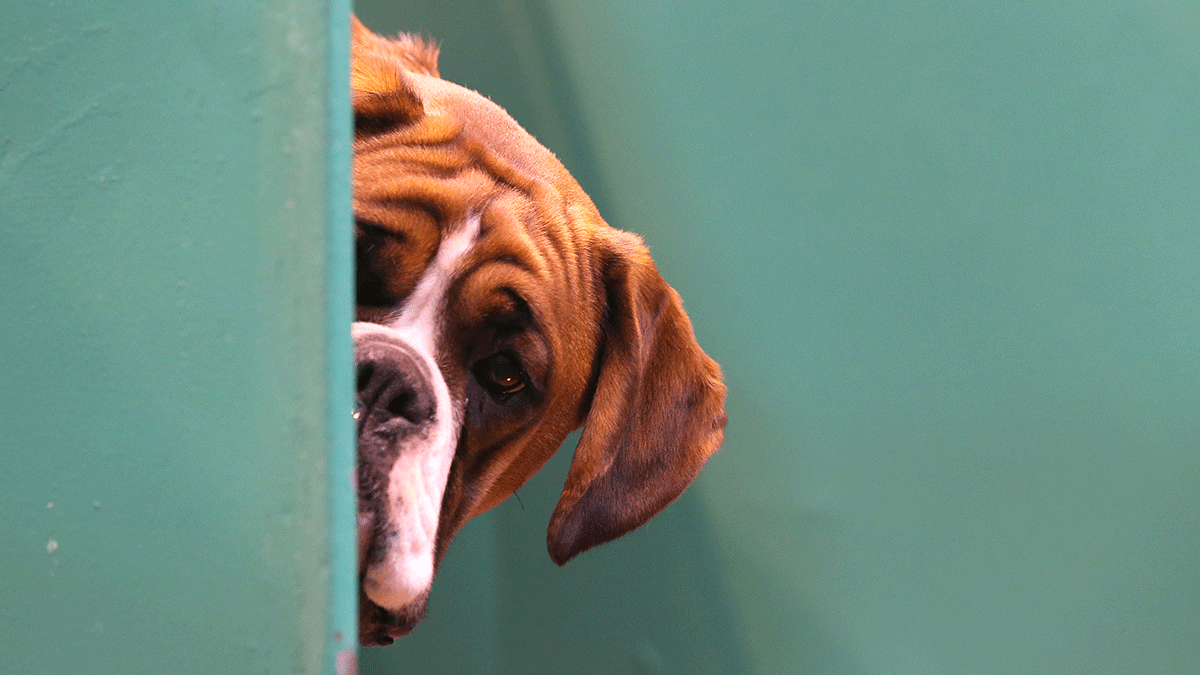Metrolink's use of so-called "push" trains, with the locomotive in the back and passengers in the lead car, is again being questioned in the wake of the Oxnard derailment that injured 30.
The three lead cars in the five-car train left the tracks and toppled onto their sides. The final passenger car and the locomotive also derailed, but remained upright over the rail bed.
"There's absolutely no question push trains are more vulnerable to derailing," said Edward Pfiester, Jr., an attorney who has represented riders in previous Metrolink derailments.
At the front of a push train is a cab car, which carries passengers and has a front compartment for the engineer to control the locomotive remotely. A cab car weighs a third less than a locomotive, a difference of as much as 55 tons.
Because a rail car's weight and wheel flanges are what keep it on the track, a lighter rail car in front is more likely to have its wheels leave the rails in a collision, Pfiester said.
Metrolink disagrees, citing a 2006 report to Congress by the Federal Rail Administration.
"They determined the difference was statistically insignificant," said Metrolink spokesman Jeff Lustgarten.
Looking at crossing collisions from 1996 to 2005, the study reported that for "push" trains, 1.38 percent resulted in derailment, twice the .69 percent rate it computed for "pull" trains.
"The analysis tended to favor conventional locomotive-led service for resistance to derailment on the raw numbers," stated the report. However, as Metrolink's Lustgarten said, the report went on to conclude: "no statistically significant difference exists among the derailment histories for the modes of operation."
News
Top news of the day
But in terms of fatalities, the federal report drew a distinction.
"The accident record did show a higher fatality rate for occupants of car-led trains than occupants of conventional locomotive-led trains in commuter service," the report stated.
Metrolink and other commuter rail operators use push-pull because it simplifies preparing the train for the return leg of the run — the train does not need to be turned around, but simply runs in reverse.
The FRA report was requested by then Congressman Jerry Lewis in response to the horrific 2005 incident in Glendale that claimed 11 lives. A Metrolink push train derailed after colliding with a Jeep whose disturbed driver had deliberately parked it on the tracks.
The derailed train then struck a freight train and a second passing Metrolink train on nearby tracks.
In the four previous years, there had been two other derailments of Metrolink push trains, resulting in fatalities in Burbank and in Placentia.
"The mass of a cab car, even if beefed up, is not the same as a locomotive," railroad safety expert William Keppen told the Los Angeles Times. "You just don't get the same level of protection, and the number of cars that were to derail would probably be fewer."
The FRA report did not recommend limiting use of the push configuration.
"FRA recommends continued emphasis on progressive improvement of passenger rail safety as a whole, rather than abandonment of push-pull service," concluded the report, signed by then-Administrator Joseph Boardman. The agency's position has not changed.
At the time the report was issued in 2006, one-third of all commuter train miles were traveled in push mode, one-third in pull mode, and the other third covered by another configuration in which the lead car is a passenger cabin with locomotive.
The 2006 report discussed different strategies to increase push operation safety, including keeping passengers out of the lead cab car when feasible, and also leading with a so-called "cabbage car" -- a locomotive with engine removed, making it a cab car with room for baggage.
Amtrak, among other rail operators, has used cabbage cars on push trains for some of its routes.
Pfiester is convinced it would have made a difference in Oxnard, where the Metrolink struck an abandoned Ford pickup truck with trailer.
"Had there been a cabbage car, it would have knocked the truck out of the way," Pfiester said.
Another advantage of the cabbage car is that, unlike a locomotive, it carries no fuel that could catch fire in front of passengers in a collision.
The FRA report listed some drawbacks of cabbage cars, including limited supply. Their weight is also a double-edged sword — potentially helpful in a push mode collision, but in pull mode, more likely to cause a train to "buckle."
Apart from collisions, the added weight slows acceleration and increases braking distance, the report noted.
Metrolink's Lustgarten declined to speculate on alternative scenarios in Oxnard, but dismissed the idea of adding cabbage cars.
"We really don't think it's necessary," he said.
Lustgarten emphasized that Metrolink has committed hundreds of millions of dollars in recent years to safety upgrades, and since 2010 has already replaced two-thirds of its passenger cars and all of its cab cars with new generation models designed to be more crash-resistant.
The cars, built by South Korea's Hyundai Rotem, include stronger passenger compartments shielded by crush zones to absorb the energy of impacts.
Inside passenger seats have higher backs and work tables are "frangible" to absorb impact.
Metrolink believes the new cars helped prevent more serious injuries in Oxnard.
Next week, Metrolink will begin testing "positive train control" on its San Bernardino line. PTC is intended to intervene in cases where the engineer may becomes incapacitated, or when an error has resulted in two trains approaching on the same track.
But the issue of pull mode safety improvements could resurface in another federal report in the aftermath of the Oxnard derailment.
The National Transportation Safety Board chose to send a team to investigate the accident. NTSB reports seek not only to determine the cause, but also to determine where safety may be improved.



